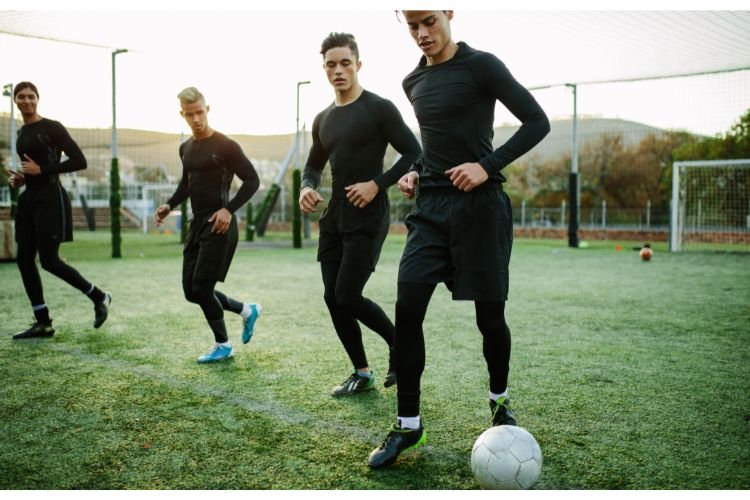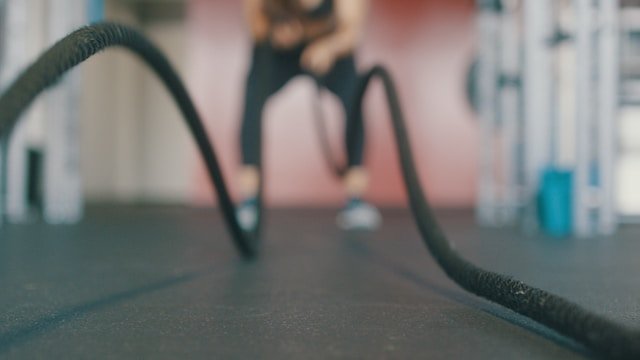Soccer is a popular sport that is played worldwide. Whether you’re a beginner or an advanced player, understanding the fundamentals of soccer is essential to improve your performance on the field. In this post, we will discuss the basic concepts of soccer playing and the steps to master them.
The Basics of Soccer Playing
Soccer is played between two teams, each consisting of eleven players. The objective of the game is to score more goals than the opposing team. The game is played on a rectangular field, and the players use their feet, legs, torso, and head to move the ball and score goals.
The Rules of Soccer
To play soccer, you need to understand the rules of the game. Here are some of the basic rules of soccer:
- Each team has eleven players on the field, including one goalkeeper.
- The game is played in two 45-minute halves, with a 15-minute break in between.
- The ball is in play as long as it stays within the boundaries of the field.
- A goal is scored when the ball crosses the goal line, between the goalposts and under the crossbar.
- A player can’t touch the ball with their hands or arms, except for the goalkeeper, who can use their hands within their own penalty area.
The Fundamentals of Soccer Playing
To become a good soccer player, you need to master the fundamental skills of the game. These skills include dribbling, passing, shooting, and defending. Let’s take a look at each of these skills in detail.
Dribbling
Dribbling is the ability to move the ball past defenders while maintaining control of the ball. Here are the steps to master dribbling:
- Keep your head up and eyes on the ball.
- Use the inside and outside of your feet to move the ball.
- Keep the ball close to your feet.
- Change direction quickly to avoid defenders.
- Practice dribbling with both feet.
Passing
Passing is the ability to move the ball to a teammate. Here are the steps to master passing:
- Keep your head up and look for open teammates.
- Use the inside of your foot to pass the ball.
- Pass the ball with the appropriate speed and accuracy.
- Practice passing with both feet.
Shooting

Shooting is the ability to score goals. Here are the steps to master shooting:
- Keep your eyes on the goal.
- Use the inside or instep of your foot to shoot the ball.
- Shoot the ball with power and accuracy.
- Practice shooting from different angles and distances.
Defending
Defending is the ability to prevent the opposing team from scoring goals. Here are the steps to master defending:
- Stay between the opposing player and the goal.
- Use your body to block the opposing player’s movement.
- Use your feet to block the ball.
- Stay aware of the opposing player’s movement and position.
Training for Soccer Playing

Training is essential to improve your soccer playing skills. Here are some tips to help you train effectively:
Practice Regularly
Regular practice is essential to improve your skills. Practice dribbling, passing, shooting, and defending regularly to master these skills.
Watch Professional Soccer Games
Watching professional soccer games can help you learn new skills and strategies. Observe the movements of professional soccer players and try to replicate them during your practice sessions.
Join a Soccer Club
Joining a soccer club can help you get more playing time and experience. It can also provide you with opportunities to learn from experienced coaches and players.
The Importance of Physical Fitness

Physical fitness is an essential aspect of soccer playing. Here are some tips to help you improve your physical fitness:
Cardiovascular Exercise
Cardiovascular exercise, such as running, can help you improve your endurance and stamina on the field. Try to run for at least 30 minutes a day to improve your cardiovascular fitness.
Strength Training
Strength training can help you improve your overall physical strength, which is essential for soccer playing. Try to include exercises that target your legs, core, and upper body in your strength training routine.
Flexibility Training
Flexibility training can help you improve your range of motion and reduce the risk of injury. Try to include stretching exercises in your warm-up and cool-down routines.
Conclusion
Soccer playing requires a combination of physical and technical skills. Mastering the fundamentals of soccer, including dribbling, passing, shooting, and defending, can help you improve your performance on the field. Regular practice, watching professional soccer games, and joining a soccer club can also help you improve your skills. Don’t forget the importance of physical fitness, including cardiovascular exercise, strength training, and flexibility training, to help you stay at your best. So, follow these easy steps to become a better soccer player and enjoy the beautiful game.

